PREISSLER, Johann Daniel (1666-1737) and Johann Melchior FÜSSLI (1677-1736). 108 ORIGINAL DRAWINGS for Johann Jakob Scheuchzer's Physica sacra , Augsburg: Johann Andreas Pfeffel 1731. The drawings in pen and grey ink, grey wash, some also in red chalk, some with black chalk squaring, and some incised, each cut out, sometimes omitting part of the frame, and mounted on 19th-century purple paper, in a 19th-century green linen box with paper label on front cover. Approximately 295 x 190mm, mounted to 350 x 265mm. Signed attribution on most plates, "Joh. Daniel Preisler fecit 1692", probably added in the 18th-century. Johann Jakob Scheuchzer, a Zurich doctor and natural scientist, conceived of his monumental 4-volume Physica sacra as an explanation of and a commentary on the Bible on natural-scientific grounds. It is essentially a pictorial history of Nature and Man, containing 750 magnificent copper-plate engravings with accompanying explanatory text; it was also known as the "Kupfer-Bibel". While he was primarily celebrating the natural world as God's creation and new mathematical, physcial and medical discoveries as a manifestation of God's wonders, Scheuchzer was careful to retain a theological basis, in order not to fall foul of religious authorities, and the theological sources for the symbolism of the natural history are encyclopedic. Scheuchzer himself oversaw the illustrations, which were largely based on his own natural history cabinet or on other famous European cabinets of rare specimens. He entrusted the central designs to Johann Melchior Füssli and the elaborate borders to the Nuremberg artist, Johann Daniel Preissler A team of highly skilled and experienced engravers, incuding Johann Georg Pintz Georg Daniel Heumann and Johann August Corvinus made the plates from the Füssli-Preissler drawings. The combination of powerful central scenes and fantastical borders, no two of which are alike, resulted in remarkable images which make the Scheuchzer Physica Sacra the high point of 18th-century graphic art in Augsburg. The present drawings were clearly used in preparation of the plates for publication. Several of them show corrections and emendations, and a number are incised. The innermost border decoration is often only suggested by Preissler with a few pen strokes, sometimes confirmed with a written instruction; the engraver then carried out the decorative programme fully in the published engraved print. Other changes were made between drawing and engraving, including: Plate CXLIII: a large border plant has been crossed through in the drawing and its form appears considerably altered in the engraving Plate CXLVIII: the feet of two figures have been altered in red chalk in the drawing which corresponds to the engraving Plate CXCIII: the drawing has an instruction to bring in the left border, accomplished in the engraving Plate CCXIV: a curtain is much fuller in the engraving than the drawing Plate CCLX: the drawing has an extra skeleton at the top and a note to remove it, and it does not appear in the engraving
PREISSLER, Johann Daniel (1666-1737) and Johann Melchior FÜSSLI (1677-1736). 108 ORIGINAL DRAWINGS for Johann Jakob Scheuchzer's Physica sacra , Augsburg: Johann Andreas Pfeffel 1731. The drawings in pen and grey ink, grey wash, some also in red chalk, some with black chalk squaring, and some incised, each cut out, sometimes omitting part of the frame, and mounted on 19th-century purple paper, in a 19th-century green linen box with paper label on front cover. Approximately 295 x 190mm, mounted to 350 x 265mm. Signed attribution on most plates, "Joh. Daniel Preisler fecit 1692", probably added in the 18th-century. Johann Jakob Scheuchzer, a Zurich doctor and natural scientist, conceived of his monumental 4-volume Physica sacra as an explanation of and a commentary on the Bible on natural-scientific grounds. It is essentially a pictorial history of Nature and Man, containing 750 magnificent copper-plate engravings with accompanying explanatory text; it was also known as the "Kupfer-Bibel". While he was primarily celebrating the natural world as God's creation and new mathematical, physcial and medical discoveries as a manifestation of God's wonders, Scheuchzer was careful to retain a theological basis, in order not to fall foul of religious authorities, and the theological sources for the symbolism of the natural history are encyclopedic. Scheuchzer himself oversaw the illustrations, which were largely based on his own natural history cabinet or on other famous European cabinets of rare specimens. He entrusted the central designs to Johann Melchior Füssli and the elaborate borders to the Nuremberg artist, Johann Daniel Preissler A team of highly skilled and experienced engravers, incuding Johann Georg Pintz Georg Daniel Heumann and Johann August Corvinus made the plates from the Füssli-Preissler drawings. The combination of powerful central scenes and fantastical borders, no two of which are alike, resulted in remarkable images which make the Scheuchzer Physica Sacra the high point of 18th-century graphic art in Augsburg. The present drawings were clearly used in preparation of the plates for publication. Several of them show corrections and emendations, and a number are incised. The innermost border decoration is often only suggested by Preissler with a few pen strokes, sometimes confirmed with a written instruction; the engraver then carried out the decorative programme fully in the published engraved print. Other changes were made between drawing and engraving, including: Plate CXLIII: a large border plant has been crossed through in the drawing and its form appears considerably altered in the engraving Plate CXLVIII: the feet of two figures have been altered in red chalk in the drawing which corresponds to the engraving Plate CXCIII: the drawing has an instruction to bring in the left border, accomplished in the engraving Plate CCXIV: a curtain is much fuller in the engraving than the drawing Plate CCLX: the drawing has an extra skeleton at the top and a note to remove it, and it does not appear in the engraving
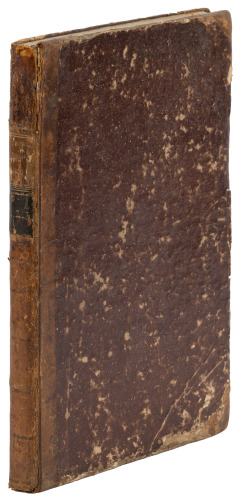
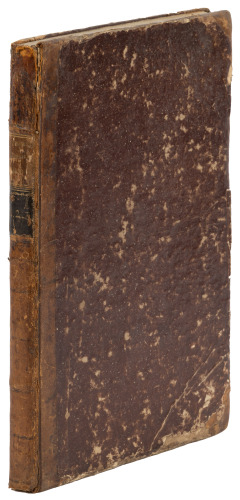
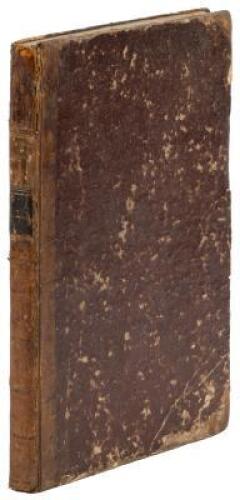
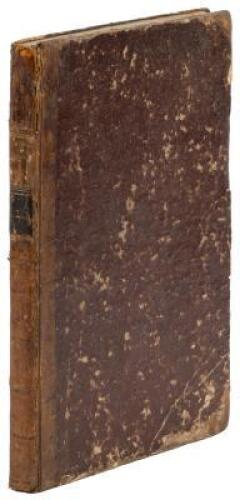



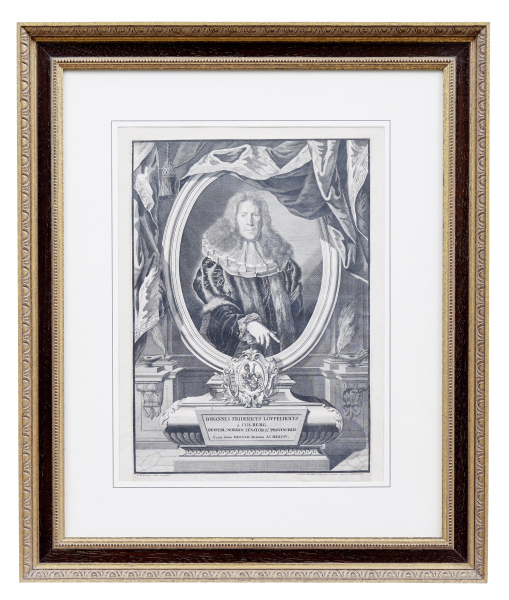



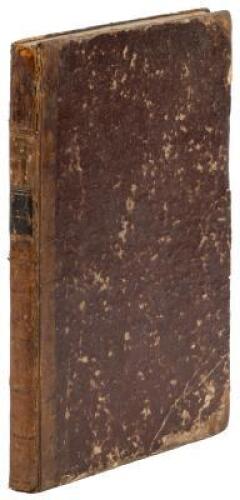



Try LotSearch and its premium features for 7 days - without any costs!
Be notified automatically about new items in upcoming auctions.
Create an alert